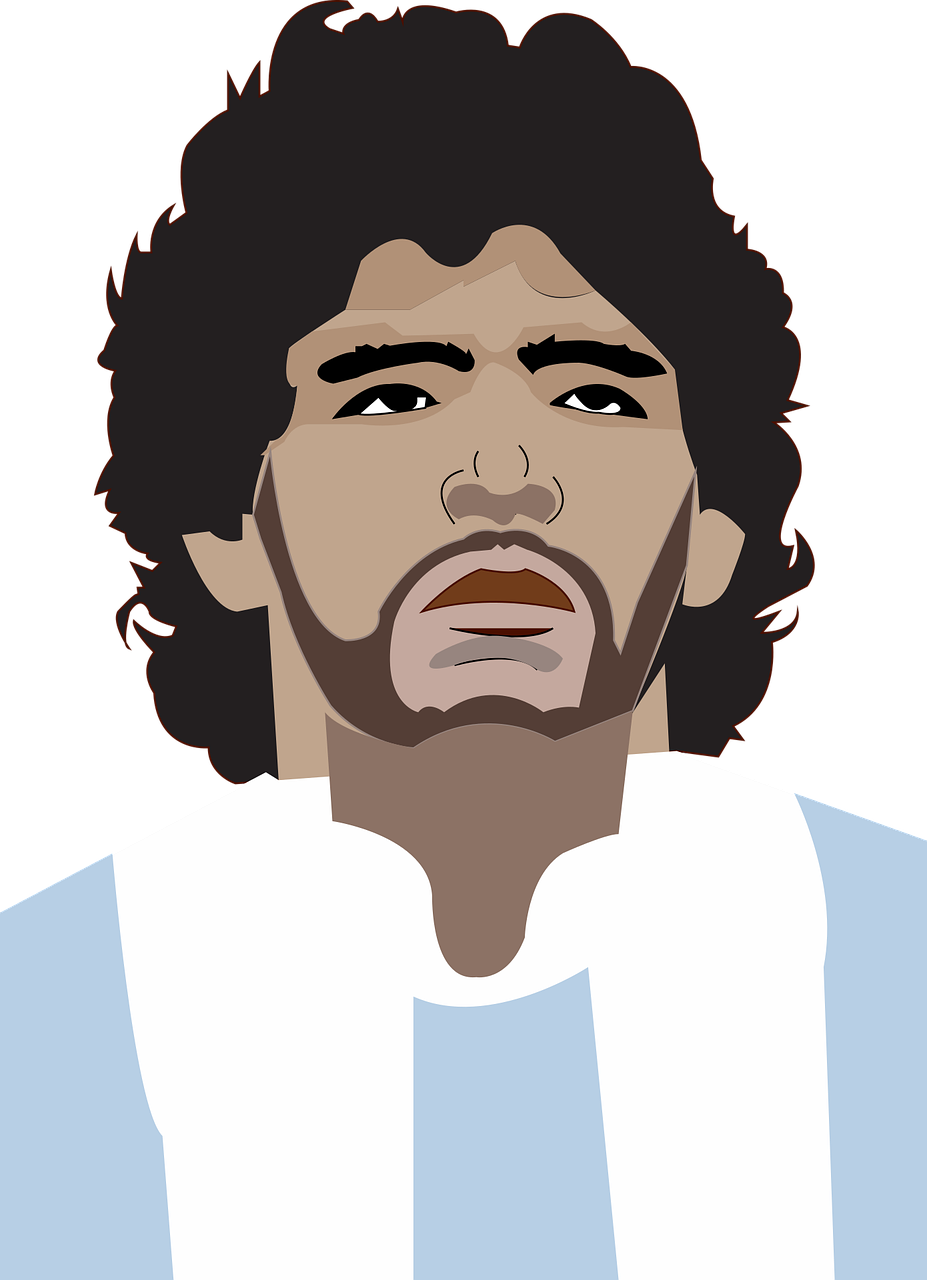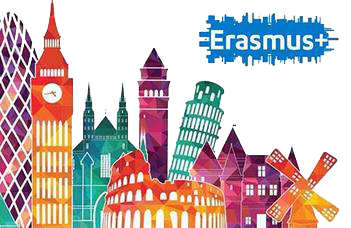
The athletes of the year towards Tokyo 2021
February 2021
The olympic year started (again). The world of sport is looking forward to great competitions at the next Summer Olympic Games. The "queen of sports" calendar is already full of races. In the first venues of the year, Ajla Del Ponte and Luminosa Bogliolo, the athletes of the year of Switzerland and Italy respectively, had a great start of the season. In Karlsruhe (Germany), Del Ponte ran the 60m in 7.17s (PB), while Bogliolo finished 60hs in 8.05s (SB).

The last dribbling of Maradona
December 2020
Diego Armando Maradona, the god of football, passed away from hearth failure. El pibe de oro was sixty years old. Maradona won FIFA World Cup with Argentina in 1986 and lost the final at next World Cup Italia 90. Napoli Football Club, the italian team he was captain of, named the San Paolo stadium in his honour. He will always be admired across generations.

Giant ship is blocking the Suez Canal
March 2021

EU starts Covid-19 mass vaccination
January 2021

Erasmus in the time of Coronavirus
April 2021
As students head back to universities this September, a new cycle of Erasmus+ exchanges is starting, but the COVID-19 pandemic has altered the way the EU‘s student mobility programmes will be delivered. European (and non-European) university students will still study at foreign universities, but the crucial mobility aspect is in danger. Students can enrol as usual, but some universities are not inviting them to come to their campuses and only providing online classes. Others are offering full or blended mobility, which will see students learning remotely, with a chance to go abroad if and when circumstances allow. “This is a first time in the Erasmus+ programme,” said Kostis Giannidis, president of the Erasmus Student Network (ESN). “It’s a totally different experience.” In addition, fears surrounding COVID-19 and travelling mean fewer students want to participate in the programme. Sometime, the way to overcome the fear is given by students' associations, which are currently very active although the restrictions. Erasmus Student Network (ESN) is the biggest Erasmus association in Europe. It counts more than 13500 active members and operates following the principle: "Students helping students".

Researchers use ultrasounds to improve diagnosis of Diabetic Peripheral Neuropathy
January 2021
A team of researchers at Guizhou Medical University (China) has revealed that ultrasounds can be helpful in the diagnosis of Diabetic Peripheral Neuropathy (DPN). High-resolution ultrasounds are a non invasive tool and shows the characteristics of peripheral nerve morphological changes in patients with DPN. They also investigated the application of shear wave elastography to further improve the efficiency of the diagnosis. Peripheral neuropathy symptoms might include: gradual onset of numbness; sharp, jabbing, or burning pain; extreme sensitivity to touch; lack of coordination; muscle weakness; heat intolerance. There are many cases of DPN misdiagnosed patients for many years. According to Columbia University Medical Center, in more than 50% of cases, the cause can be addressed before the damage is more severe. Therefore, it is extremely important to have efficient and effective diagnosis techniques.
